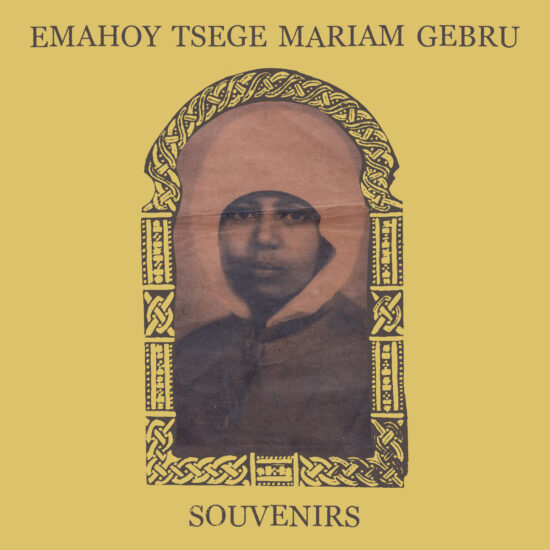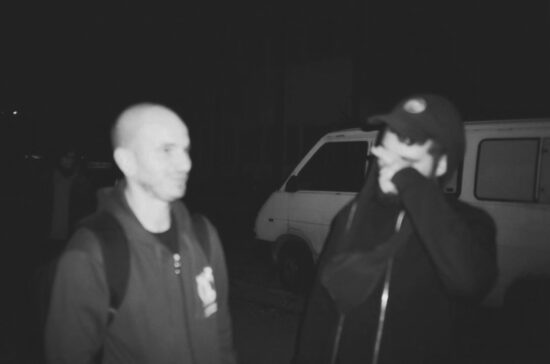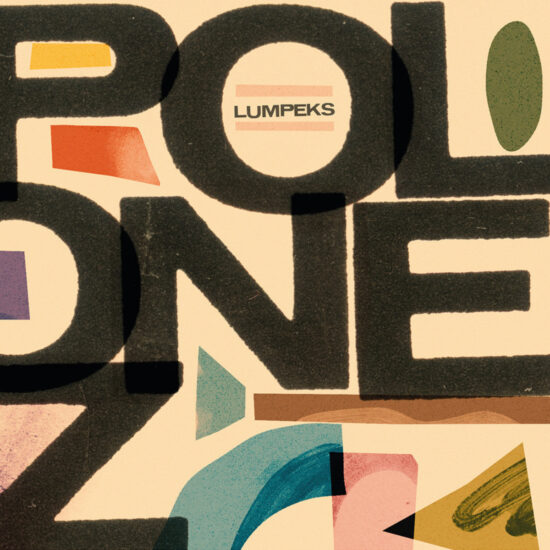On the first anniversary of the death of Andrzej Korzyński, Jakub Knera guides us through the story of the Polish composer, providing ten points of entry to his back catalogue.
I would venture to say there has not been a (film) composer in Poland with such broad stylistic and genre horizons as Andrzej Korzyński. A cursory glance at his oeuvre is enough to confirm this, especially if we examine how his work flourished behind the Iron Curtain. By creating music for TV and Film, Korzyński was given access to a wide range of technology which other musicians were denied. Much of this technology would even have been unaffordable for unsubsidized Western composers.
Korzyński wrote rock, funk, synth pop, jazz, and disco-style compositions using the workshop of a classical music composer. He reached for baroque, neo-romanticism, and neo-classicism, the achievements of the avant-garde. He realised himself in pop songs, theatre music, television, dance, and musicals, to film music, which became his most important field of activity. His film career began with the success of the song ‘Żółte kalendarze’ and the establishment of the radio station Studio Rytm, to which he invited later stars of Polish music such as Marek Grechuta, Czesław Niemen, Czerwone Gitary, Breakout, Trubadurzy and Stan Borys (during the eight years of the studio’s activity, they recorded over one thousand three hundred songs there).
But why the interest in Korzyński now? Most likely, it would not have happened without the Finders Keepers label, which has been putting out previously unreleased recordings of the composer for many years. Andy Votel, its co-founder, first became aware of Korzyński on a trip to Poland taken while an art student during the mid-90s. At the time, he bought many recordings because of the covers – only discovering how fascinating the music they contained was when he got home. Among them was Korzyński’s band Arp Life, which Votel identified as “The First Ever Eastern European Synth Orchestra”.




